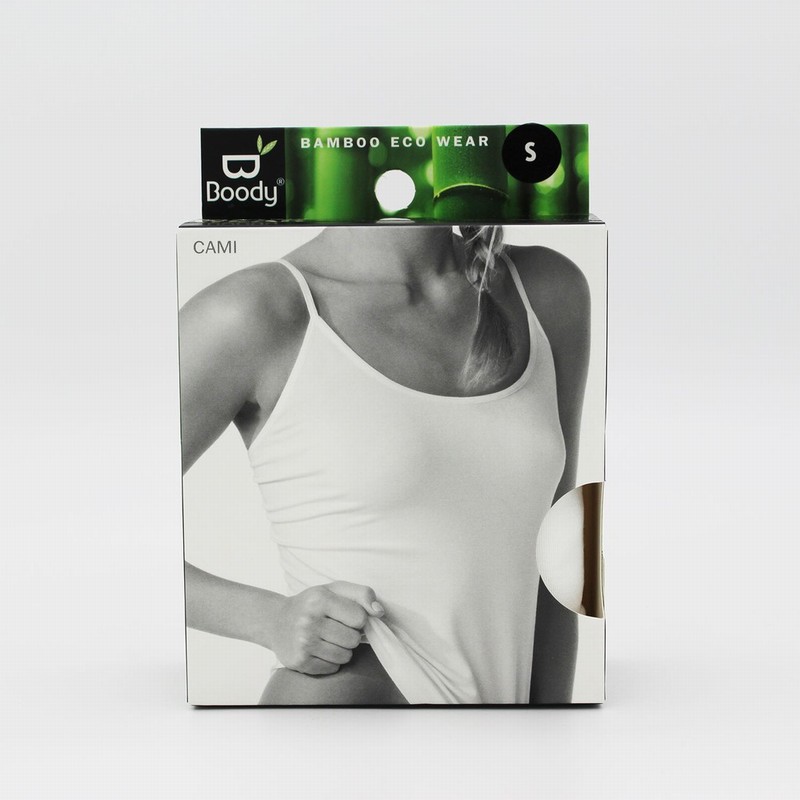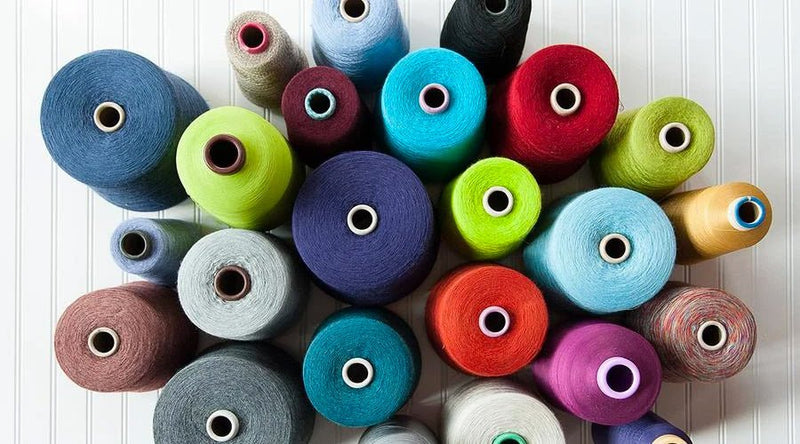Great Merino Wool Base Layer Site
Wiki Article
Why Is Yak Merino Wool Base Layers So Effective For Winter Sport Clothing In Terms Of Natural Fiber Benefits?
The natural fibers and environmental sustainable nature of Yak Merino Wool Base Layers makes them a great choice for winter sports clothes.
Yak and Merino Wool are both naturally-derived fibers that are made from animal. Renewable resources, they can be harvested in a sustainable manner without harming animals. They are biodegradable materials which means they can be degraded naturally, without harming the environment.
Low Environmental Impact
Natural fibers tend to have a lower environmental impact than synthetics. The harvesting and cultivation of wool involve fewer chemical processes and are not dependent on non-renewable resources as compared with synthetic fibers.
Energy Efficiency
The process of processing wool fibers requires less energy than synthetic fibers produced like nylon or polyester. Natural wool is characterized by a energy-efficient consumption that contributes to reduced carbon dioxide emissions.
Microplastic Pollution Reduction
Natural wool fibers don't pollute the water with microplastics, like synthetic fibers.
Recyclability, Longevity and Durability
The clothing made from yak merino is typically durable, lasting a long period of time. The wool fibers are also able to be recycled and reused. This decreases consumption and also the impact on the environment.
Sustainable Practices
Certain producers and manufacturers of wool adhere to ethical and sustainable practices. They make sure to ensure the welfare of animals, a good management of their land and fair working conditions for their workers.
Environmental Certification-
The Responsible Wool Standard or the Global Organic Textile Standard are certificates that prove ethical and environmentally conscious practices within the wool industry. They provide buyers with assurances about the sustainability of wool production.
In general, base layers made of yak are low-impact on the environment, are manufactured using renewable resources and adhere to ethical and sustainable standards throughout their supply chain. Natural fibers, like yak wool merino are an excellent option for winter sports clothing which promotes responsible consumption as well as environmentally friendly practices. View the top rated read this about merino wool base layer for site examples including merino wool long underwear women's, airblaster merino ninja suit, best merino wool base layer, wicked wool base layer, long underwear for skiing, merino wool long underwear women's, merino ninja suit, wool thermal underwear, merino wool leggings women's, wool long underwear and more.

What Are The Advantages Bamboo Clothing Can Provide In Terms Of Thermal Regulation And Uv Protection?
Bamboo clothing has many advantages in terms of thermal regulation, UV protection, biodegradability, and environmental impact- thermal Regulation-
Insulation - Bamboo fabric is breathable, and also has thermal-regulating properties. It is warm in cold temperatures. It regulates your body's temperature, holding heat during colder temperatures and allowing air circulation so that you don't overheat.
UV Protection
Bamboo is naturally resistant to harmful UV radiations. The bamboo fabric can block as much as a third the UV radiation.
Biodegradability-
Environmentally Friendly- Bamboo clothing is biodegradable which means it breaks down naturally at the end of its lifespan without leaving harmful residues behind or contributing to environmental pollution. This feature reduces garbage and reduces the environmental impact of discarding clothes.
Environmental Impact-
Sustainability- Bamboo is extremely sustainable as a raw material. It is able to grow quickly and in abundance without the necessity of pesticides or chemical fertilizers, thus reducing the environmental footprint of cultivation. It is a renewable resource because of its fast development.
Bamboo is more efficient in water use because it uses less water than other crops, such as cotton. This helps in conservation efforts and reduces the stress on the water resource.
Soil Conservation
Soil Health- Bamboo cultivation generally does not deplete soil nutrients, nor require extensive irrigation, leading to healthier soil conditions as well as reducing the need for damaging agriculture practices.
Carbon Sequestration
Carbon Absorption - Bamboo plants are able to absorb more CO2 than other plants and release more oxygen into the air. This ability can lower carbon dioxide emissions as well as combat global warming.
The thermal regulation of bamboo clothing as well as its UV protection, its biodegradability and its positive environmental impact are reasons why it is a top choice for those who are looking for functional and sustainable clothing. These characteristics are compatible with environmental conscious practices and bring advantages to the environment as well as wearers. Read the top rated here are the findings about bamboo clothing for website info including ladies bamboo tops, bamboo t shirts mens, womens bamboo t shirts, yala pajamas, bamboo t shirts wholesale, clothes made from bamboo fiber, bamboo under wear, bamboo fitness clothing, bamboo pants for women, bamboo shirts wholesale and more.

How Do Bamboo And Merino Clothing Compare To Regular Wool?
Merino layers as well as regular wool, and bamboo clothes have different features.
Softness- Merino wool is known for its soft and fine fibers, making it comfortable against skin. It's less likely that it will cause irritation or itchiness when compared with other types of wool.
Merino wool is excellent at drying out moisture, which allows it to evaporate. The wearer is cool and comfortable.
Merino is an organic insulation that gives extraordinary warmth even when wet. It regulates the body temperature and provides insulation in cold weather.
Odor Resistance - It is a natural anti-bacterial agent that blocks the growth of bacteria which keeps clothes fresh and smelling good even after prolonged wear.
Bamboo Clothing
Softness - Bamboo clothing has a silky, soft touch that is often called silk or cashmere. Bamboo clothing is silky soft on the skin providing a luxurious feeling.
Bamboo fabric is moisture-wicking and has properties which draw sweat away from the body, keeping you dry while exercising.
Temperature Regulation- Bamboo clothing has natural temperature-regulating abilities, offering warmth in winter and breathability to prevent overheating.
Sustainability Bamboo is a source that is extremely renewable and grows very quickly without pesticides. Bamboo is biodegradable.
Regular Wool
Texture. The typical wool texture can vary. Certain kinds of itchy or uncomfortable textures are more coarse.
Warmth - Regular Wool offers great insulation and warmth, but it can feel heavy and bulky at times.
Wool absorbs moisture, and is therefore less effective in absorption of moisture than merino and bamboo fabrics. It holds the heat, even if it's wet.
In the end, merino Wool provides a soft, supple feel, great moisture-wicking capabilities, odor protection, and insulation. Bamboo clothing is soft, has moisture-wicking capabilities, regulates temperatures and is green. Wool comes in a variety of textures, and doesn't always provide the same softness or moisture-wicking abilities as bamboo and merino, yet it provides warmth and insulation. Each material offers unique benefits which cater to various needs and preferences for winter clothing. See the top rated more hints on bamboo winter clothing for blog advice including wool undershirts, smartwool long sleeve shirt, merino 250 base layer, merino wool base layer mens, skiing base layers, merino wool base layer mens, merino base layer womens, smartwool long underwear, merino wool leggings mens, heavyweight merino wool base layer and more.
